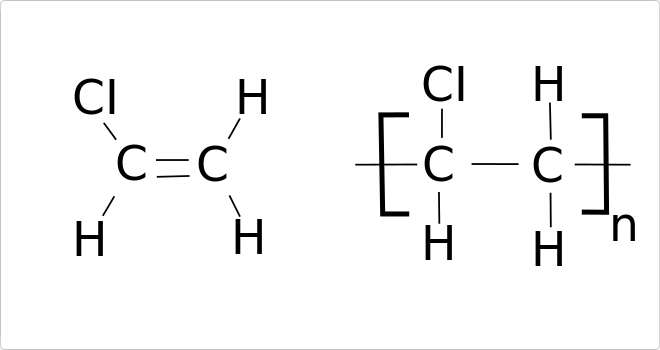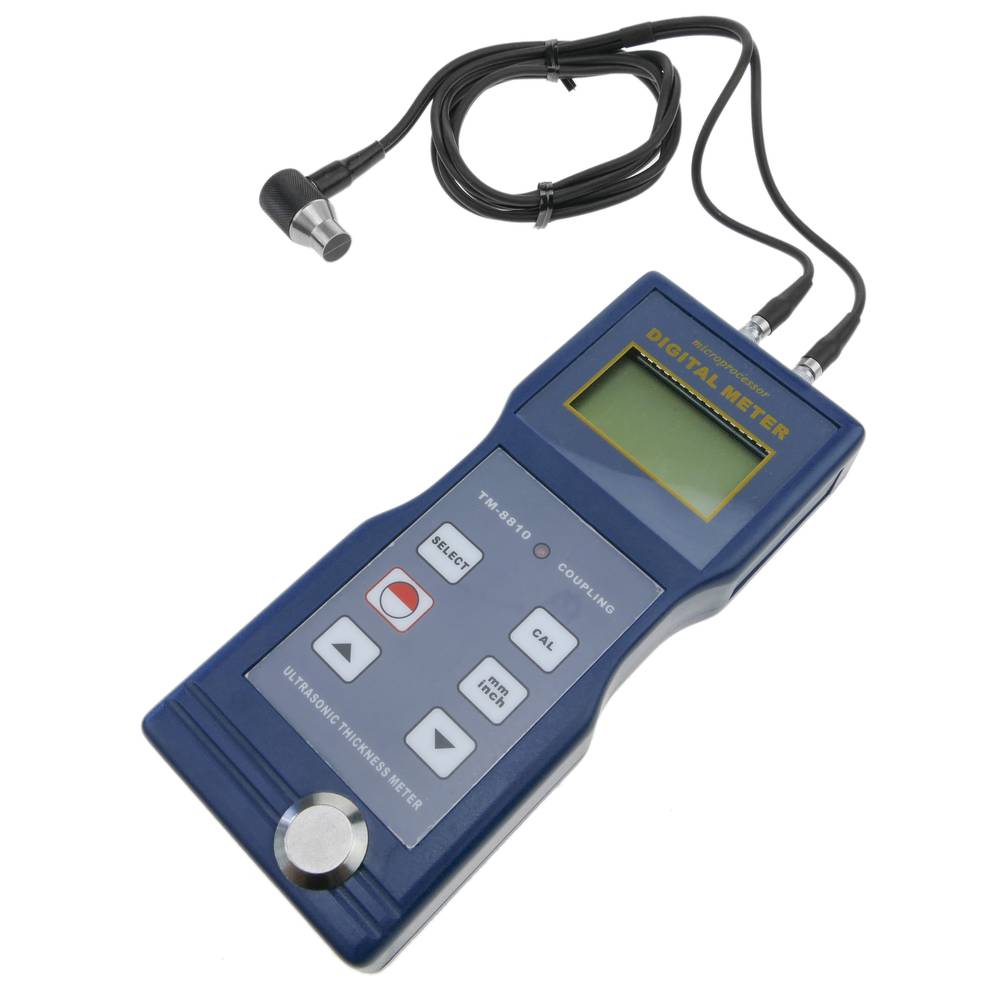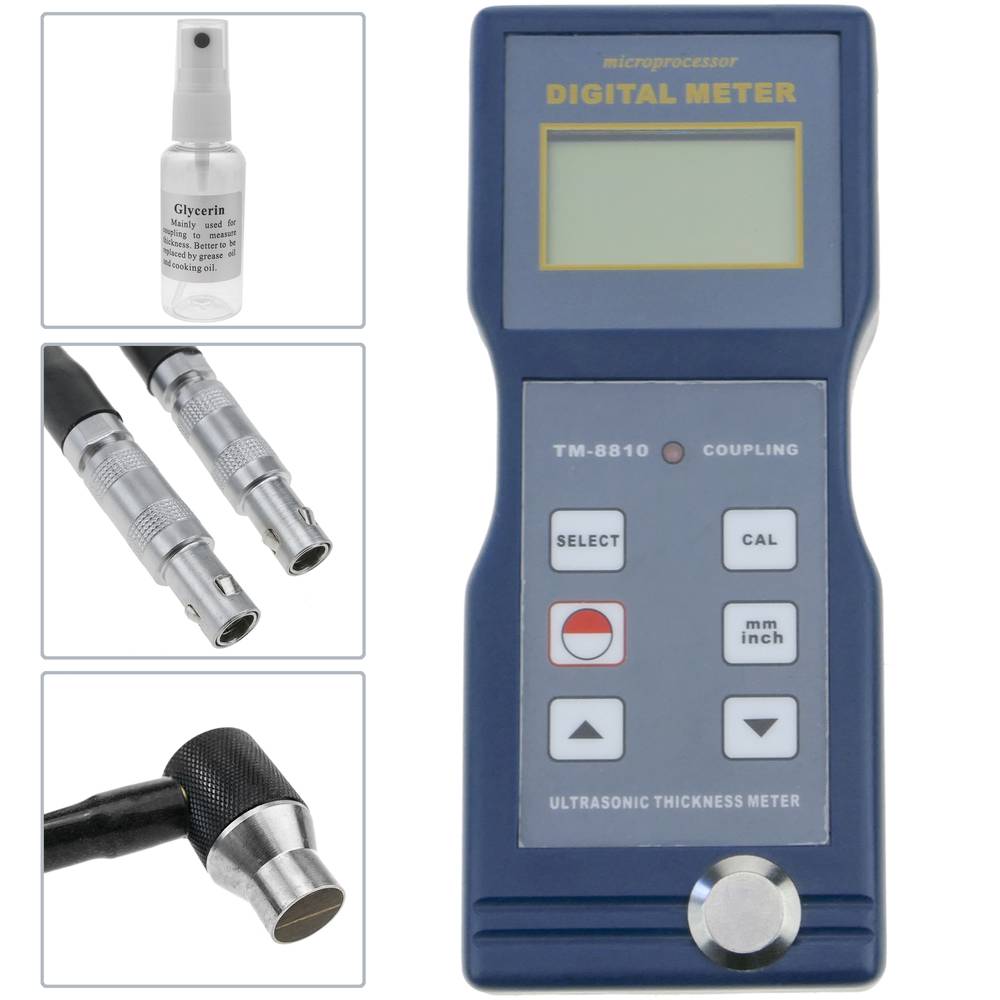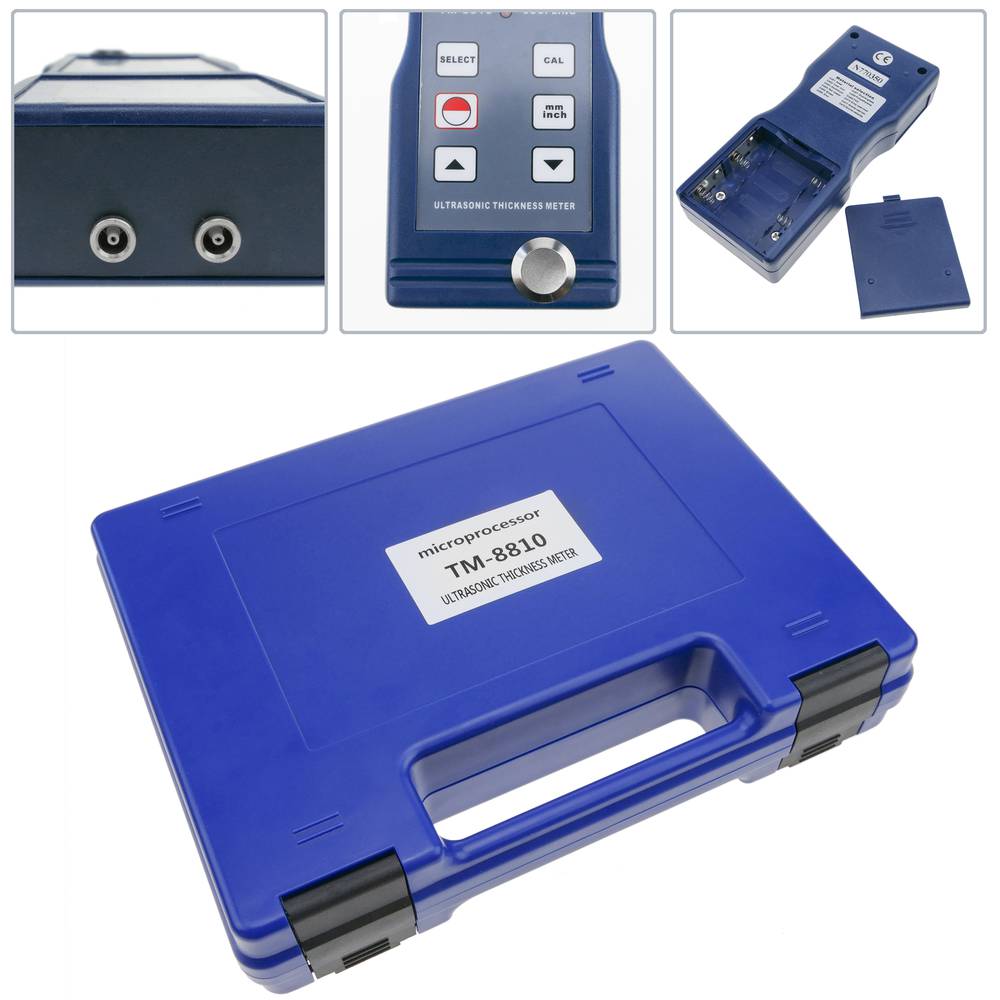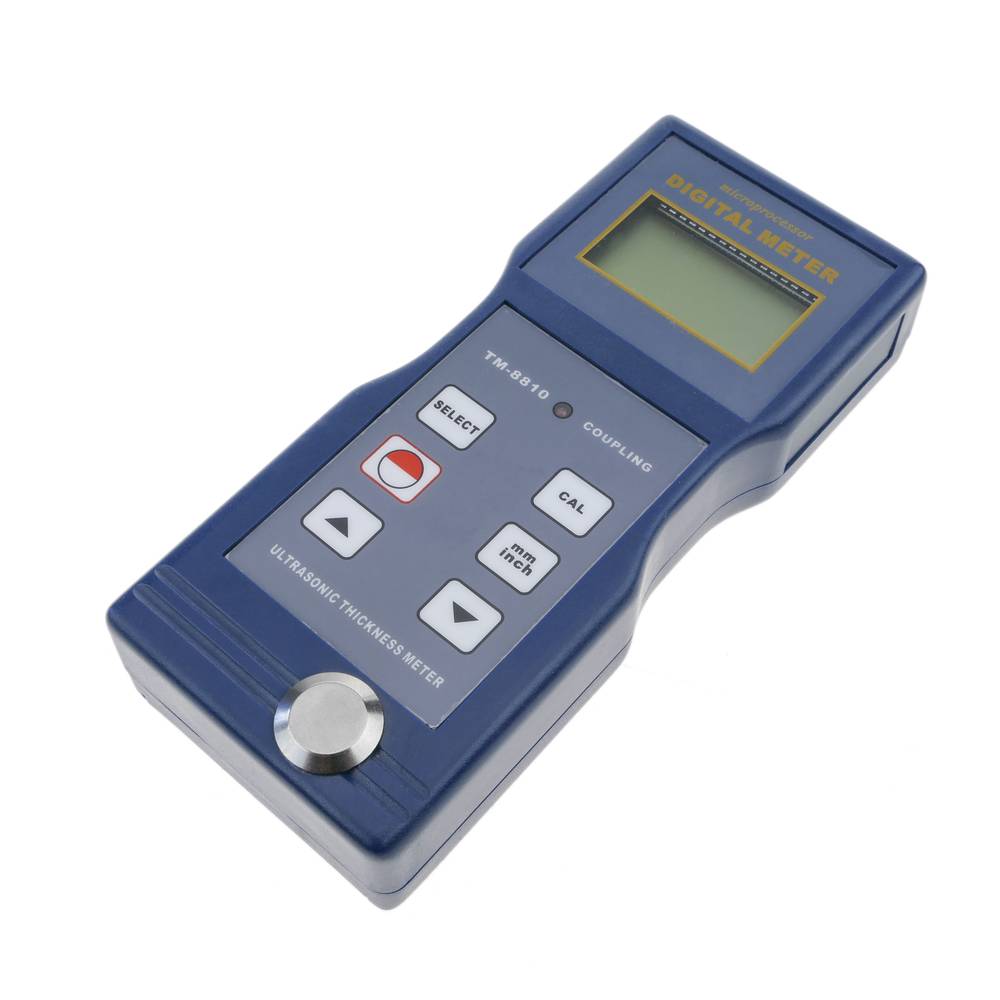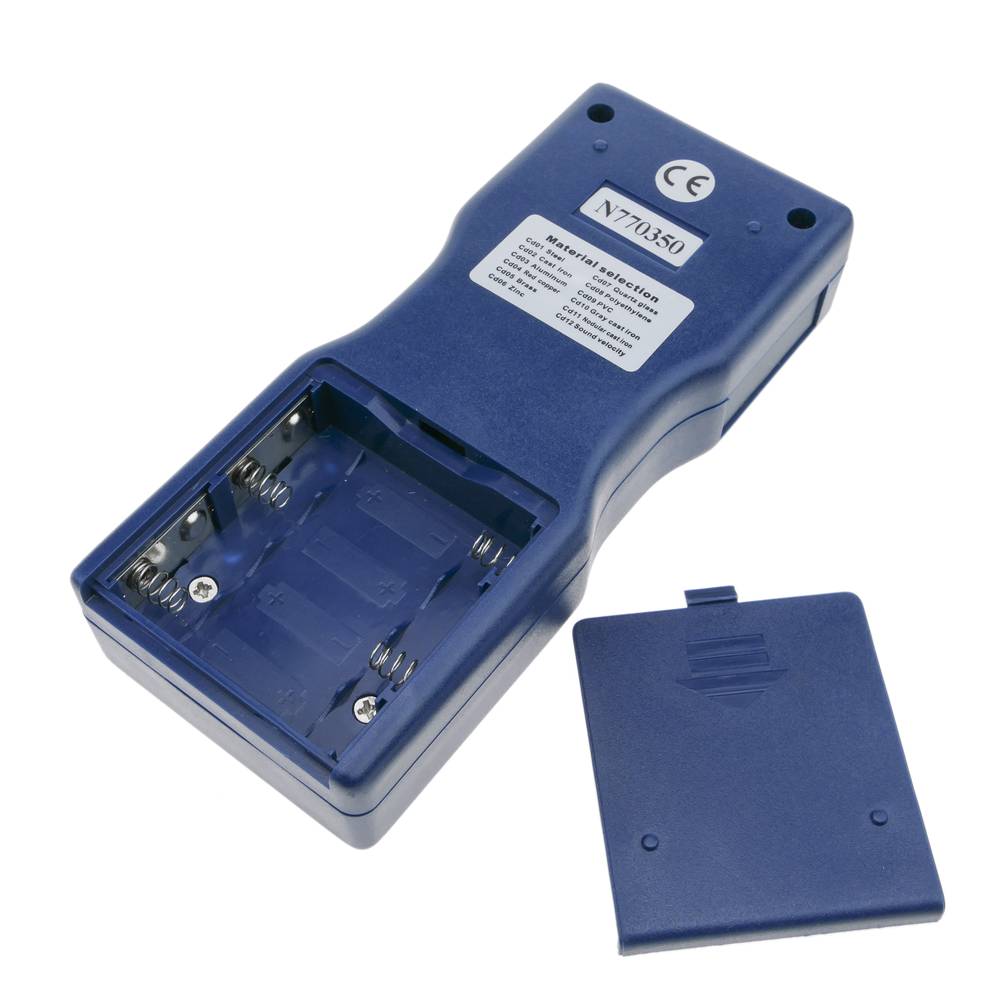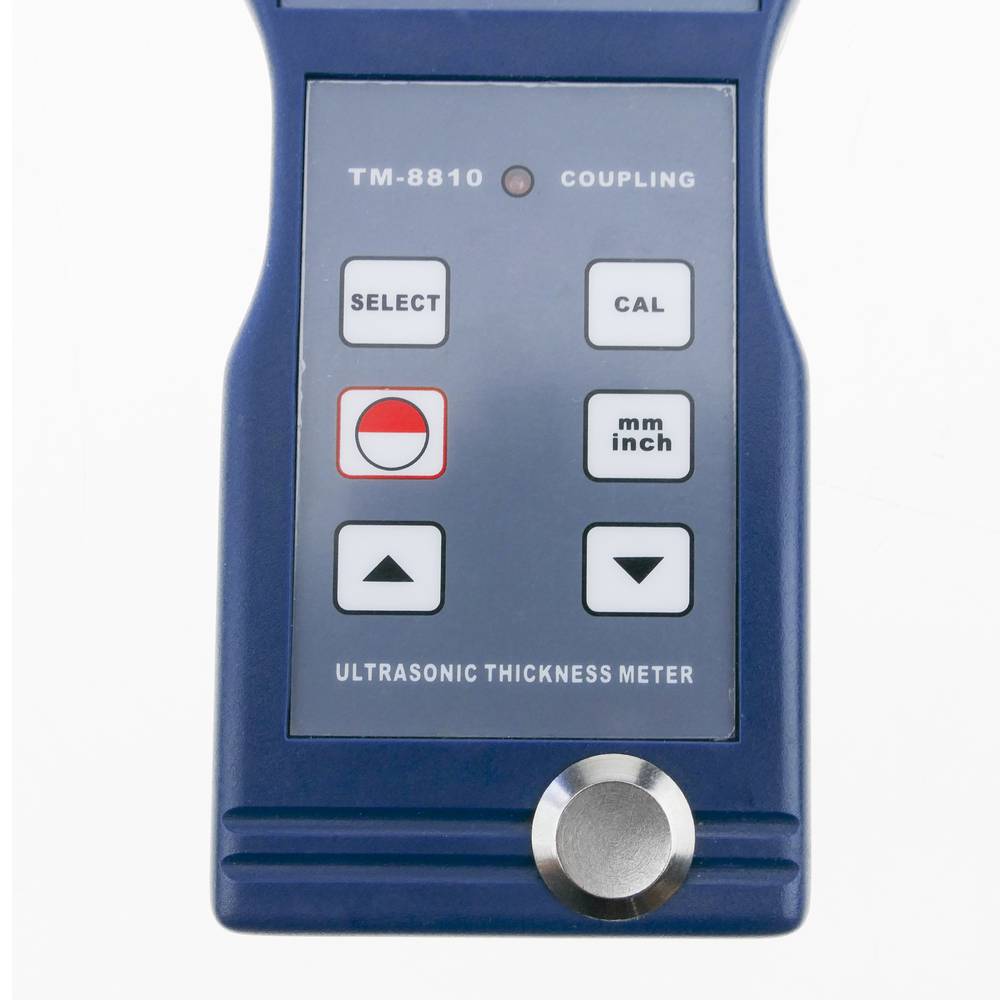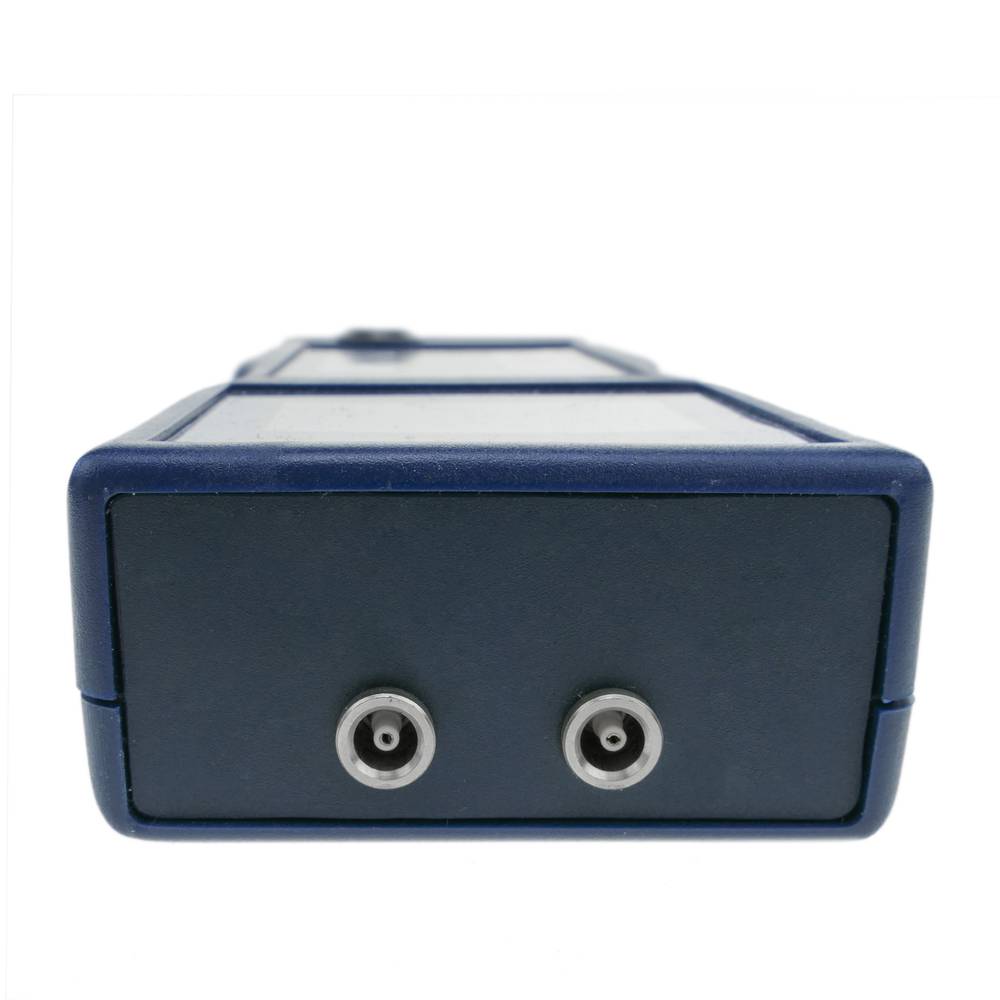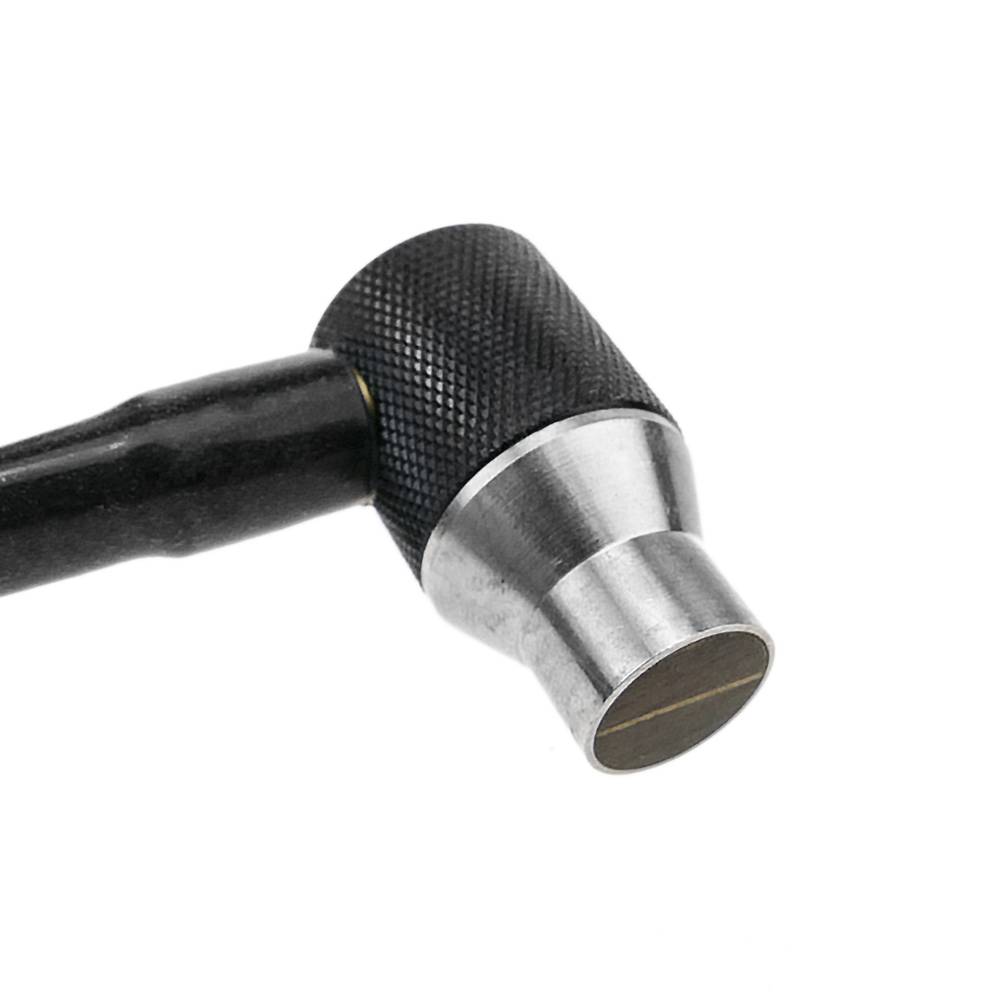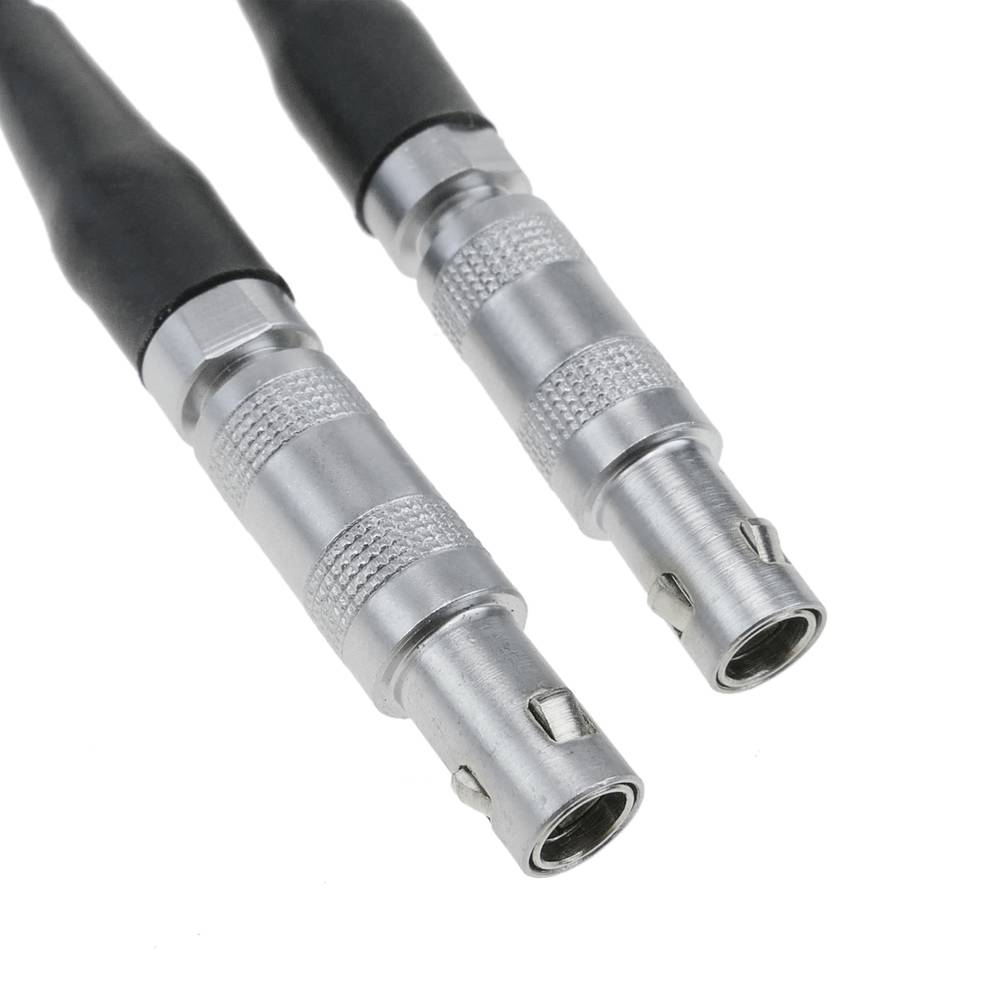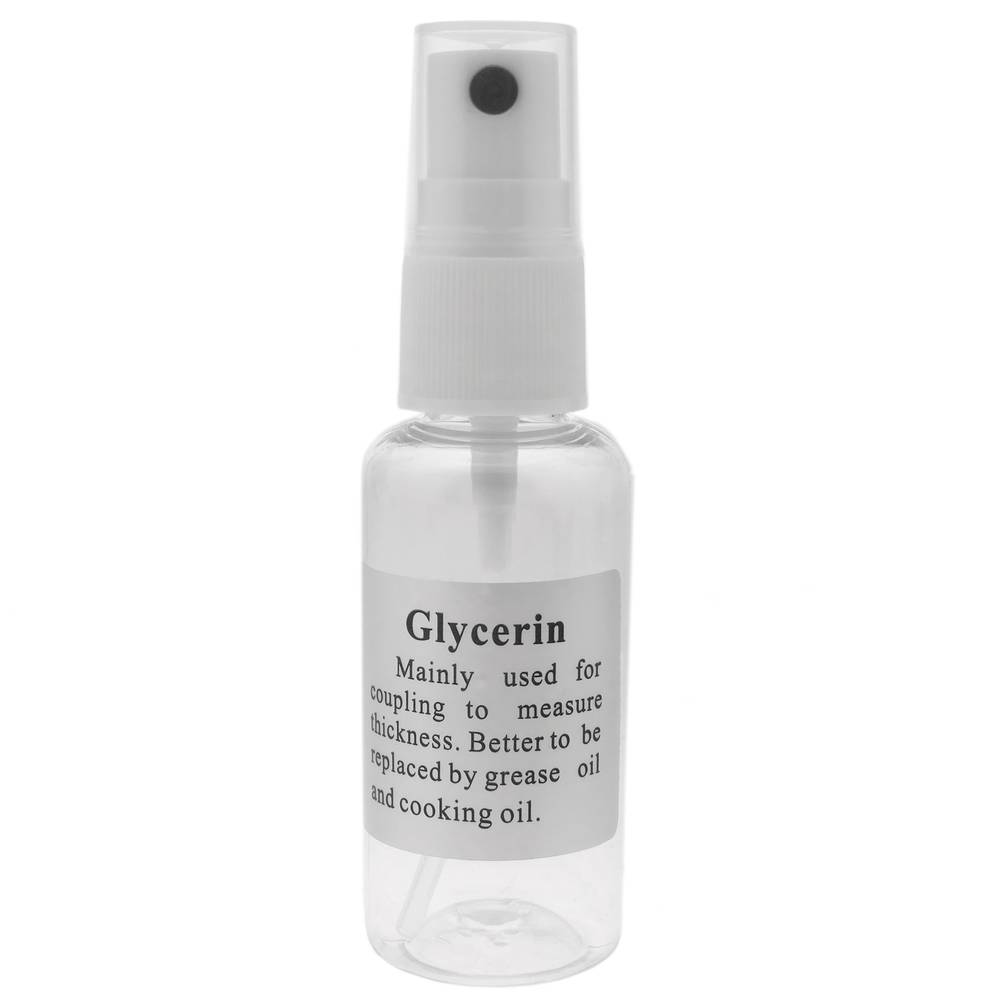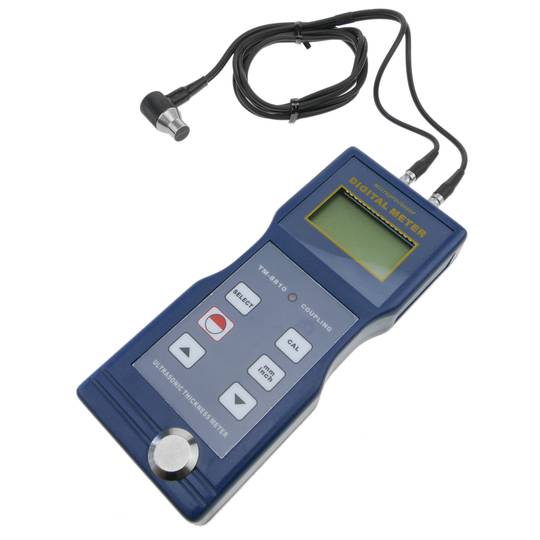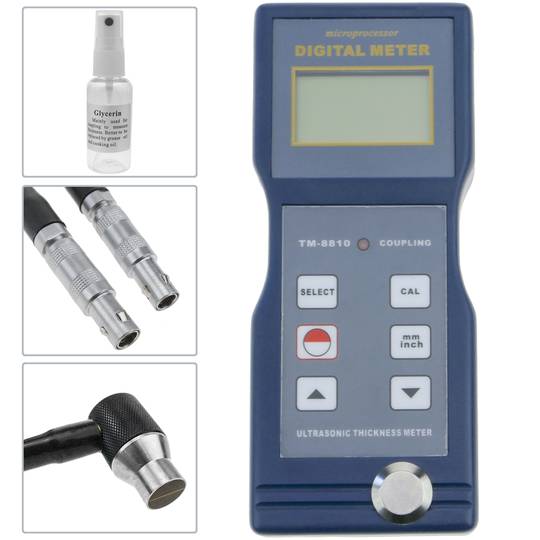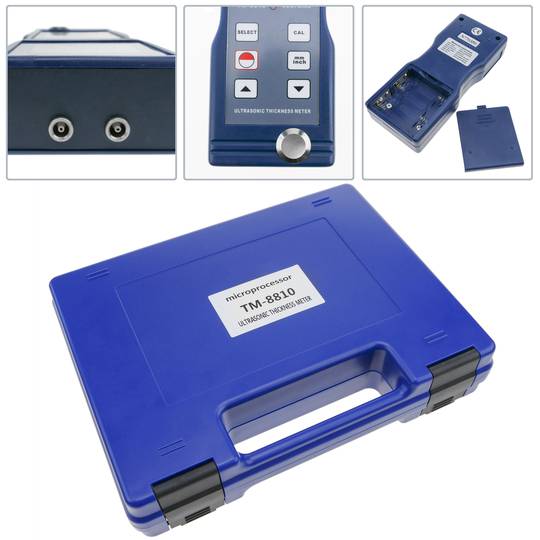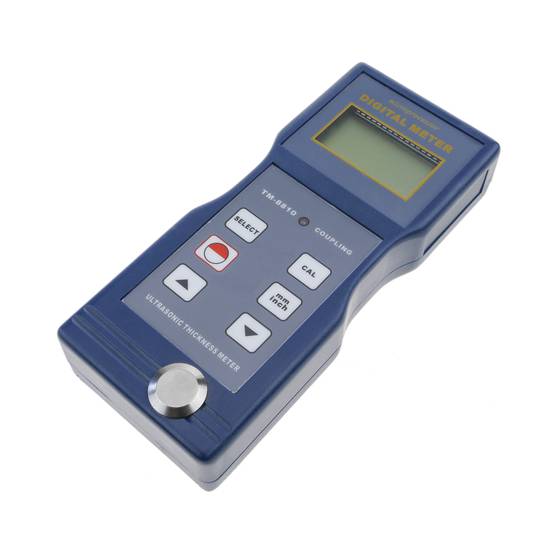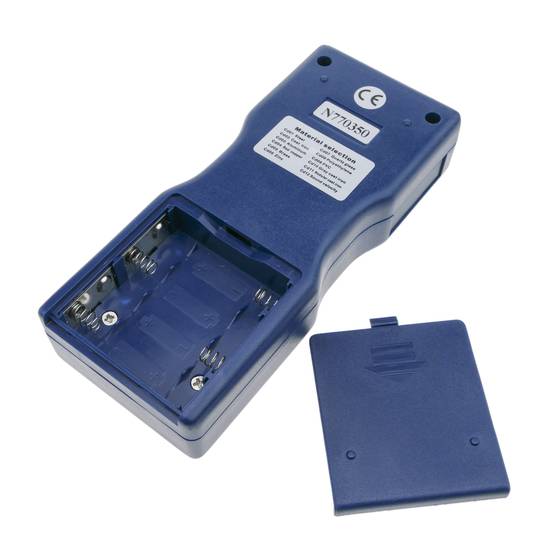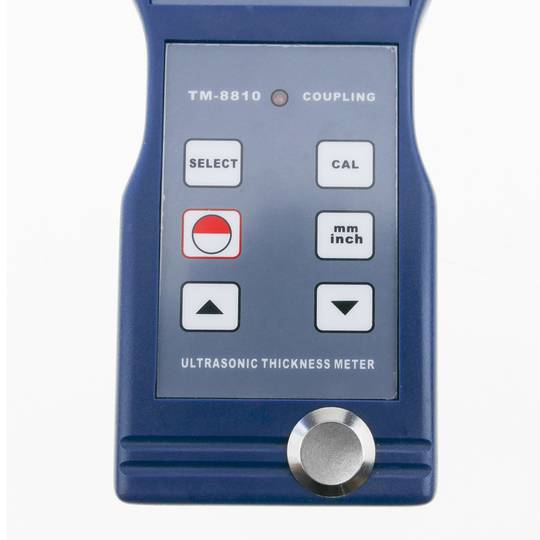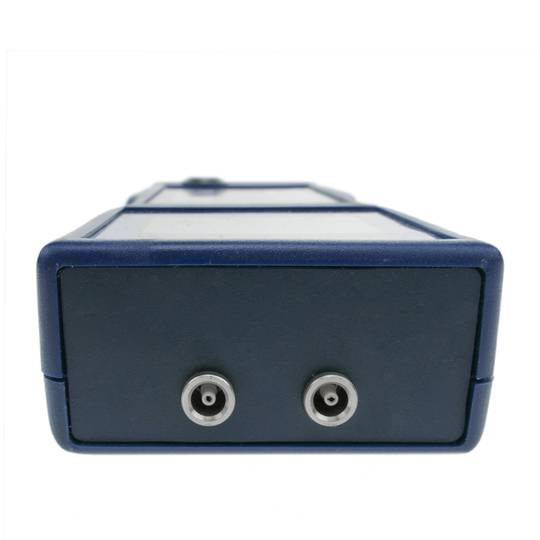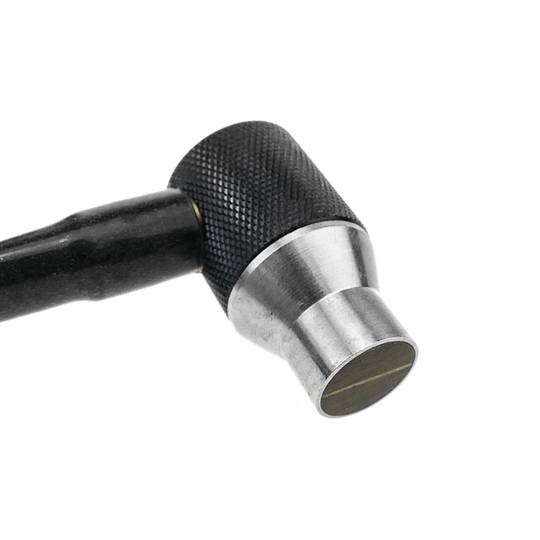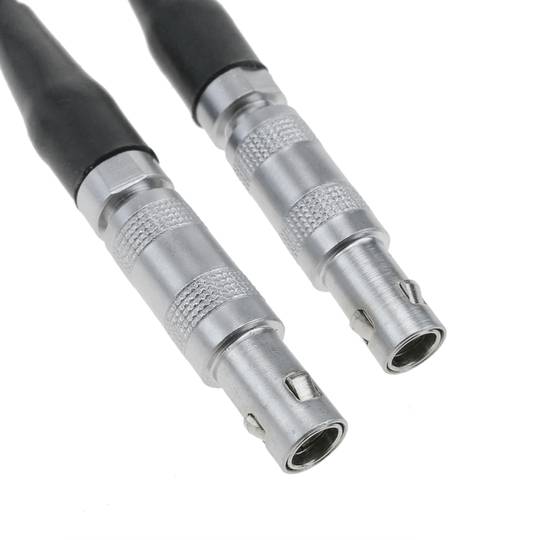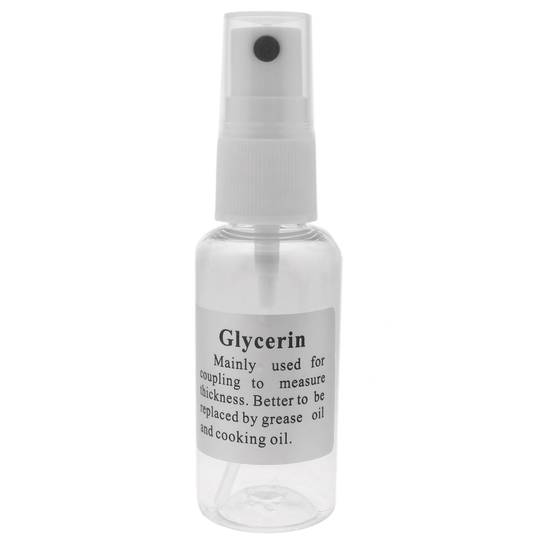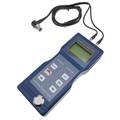08/23/2025 7:12 a.m.
http://34.77.62.133/en/products/ultrasonic-thickness-gauge-measuring-diagnostic-tool-tm8810-GM031/
http://34.77.62.133/en/products/ultrasonic-thickness-gauge-measuring-diagnostic-tool-tm8810-GM031/
Ultrasonic thickness gauge measuring diagnostic tool TM8810
REF: GM031
Specifications
- Large LCD display for easy viewing (4 digits of 10 mm).
- Measuring range: 1.5 mm to 200 mm.
- Ultrasound technology
- Compatible with 11 types of material including steel, cast iron, aluminum, copper, brass, zinc, quartz glass, polyethylene, PVC, gray cast iron and nodular cast iron.
- Includes calibration block.
PVP
€339.97
Price including VAT:
€418.16
PVD
€306.53
PVP: Retail price.
Check conditions.
PVP: Sale price to distributors.
Check conditions.
warranty
returns
safe
Specifications
- Large LCD display for easy viewing (4 digits of 10 mm).
- Measuring range: 1.5 mm to 200 mm.
- Ultrasound technology
- Compatible with 11 types of material including steel, cast iron, aluminum, copper, brass, zinc, quartz glass, polyethylene, PVC, gray cast iron and nodular cast iron.
- Includes calibration block.
More info
Tool to measure the thickness of materials using ultrasound technology. Model divided into two parts: the central unit with the controls and the viewfinder, and the sensor that is applied directly to the surfaces of which we want to measure the thickness.
Specifications
Specifications
- Large LCD display for easy viewing (4 digits of 10 mm).
- Measuring range: 1.5 mm to 200 mm.
- Ultrasound technology
- Compatible with 11 types of material including steel, cast iron, aluminum, copper, brass, zinc, quartz glass, polyethylene, PVC, gray cast iron and nodular cast iron.
- Includes calibration block.
- Resolution: 0.1 mm.
- Accuracy: +/- 0.5%.
- It works with 4 1.5V AA batteries.
- Size: 160 x 68 x 32 mm.
- Gross Weight: 720 g
- Product size (width x depth x height): 16.0 x 6.8 x 3.2 cm
- Number of packages: 1
- Packages size: 25.0 x 19.8 x 5.3 cm
Technical terms
- PVC (Polyvinyl chloride)
PVC (Polyvinyl chloride)
PVC (Polyvinyl chloride) is extracted from the polymerization of the vinyl chloride monomer. We can classify PVC into two large groups: rigid PVC and flexible PVC.
Rigid: used for the construction of pipes, pipes, containers, tool accessories, parts, blinds, windows, etc.
Flexible: Corrugated tube, traffic signals like cones. irrigation hoses, curtains for refrigerators, footwear, medicina, etc.
This material begins to soften at 80 ° C and to get rid at 140 ° C. Thanks to these and other properties, PVC is a recyclable material.
Among the main features of PVC we find:
Rigid: used for the construction of pipes, pipes, containers, tool accessories, parts, blinds, windows, etc.
Flexible: Corrugated tube, traffic signals like cones. irrigation hoses, curtains for refrigerators, footwear, medicina, etc.
This material begins to soften at 80 ° C and to get rid at 140 ° C. Thanks to these and other properties, PVC is a recyclable material.
Among the main features of PVC we find:
- Different degree of hardness.
- Waterproof.
- It does not corrode.
- It is modelable if subjected to high temperatures.
- Good electrical insulation. It is a very materialessential
- Stable and inert.
- Good mechanical resistance and impact.
- High resistance to abrasion.
- Resistant and lightweight
- Good thermal insulation
- It is odorless, tasteless and innocuous.
